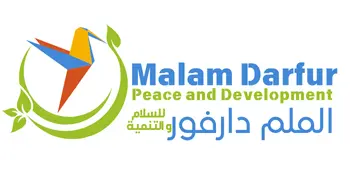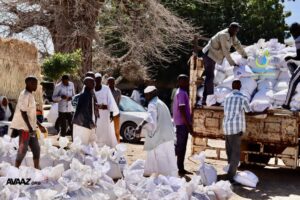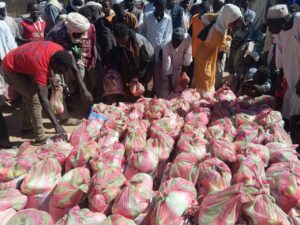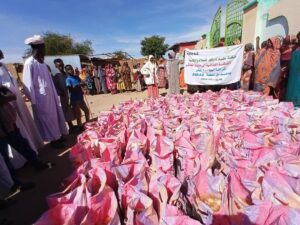MDPD has a partnership with Nyala University to conduct a comprehensive study that examines the potential innovative use of Pozzolanas local materials in Darfur, the study was based on the fact that fired clay bricks and wood continue to be the preferred construction material in Darfur and widely used, despite its serious environmental consequences. Environmental problems associated with fired clay bricks is deforestation, as a result of the massive use of firewood in its production, and in construction. It is estimated by different sources that one third of the forests in Darfur was lost between 1973 and 2006.
In addition if all estimated 400,000 families currently displaced in Darfur return to their places of origin and reconstruct their destroyed homes utilizing the traditional building practices, with wood as the main structural element, they will need to find and cut an estimate of 16 million mature trees. In light of the ongoing documented deforestation, this would be an environmental and economic disaster that must be avoided. The construction of one room using fired clay bricks needed to find and cut an estimated 14 trees.

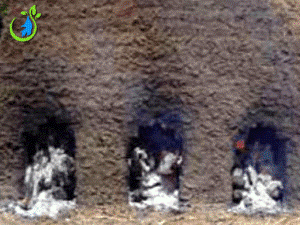
This study evaluates the locally available volcanic ash for its chemical and physical properties. Then it was used to prepare blends for subsequent testing, different substitution levels of 10, 20, 30, 40, and 50% of Pozzolanas were used with an Ordinary Portland Cement. The potential use of these materials to facilitate the shift from pure Portland cement and fired clay brick to blended cement and concrete hollow blocks was implemented. The chemical, physical, analysis of volcanic ash used in this work showed it is congruent with other natural pozzolana found, and in use as supplementary cementitious materials, around the world.
The strength activity index of VA was found to be 84.7, against 75% and 80% required by ASTM C-618 and IS: 1344, respectively. Results of compressive strength of blended cements showed that, a low cost blended cements can be produced and used in concrete according to its end use. However, Volcanic ash can be used in reinforced concrete using substitution level up to 25%, for plain concrete, concrete hollow blocks, and foundations up to 35%, and for plaster and mortars up to 50% VA substitution.

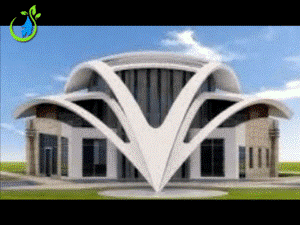
Concepts for structures that can built with volcanic ashes
The application of blended cement in FC showed that for the same square room area the cost of using ferro cement roof is less than that of using reinforced concrete roof by 50%, and more than Zinc sheet by 6%.Apart from the price factor, FC has an added advantage because it is durable and environmentally friendly compared to Zinc sheet roofing.
Finally BC can be produced and used in reinforced concrete, ferro cement, mortar, plaster, concrete hollow blocks, and facilitate the shift from OPC, fired clay bricks and wood to an alternative eco- friendly, durable, and low cost building material for the re-construction challenge facing the returning population in Darfur with high technical, economical, and environmental benefits.
